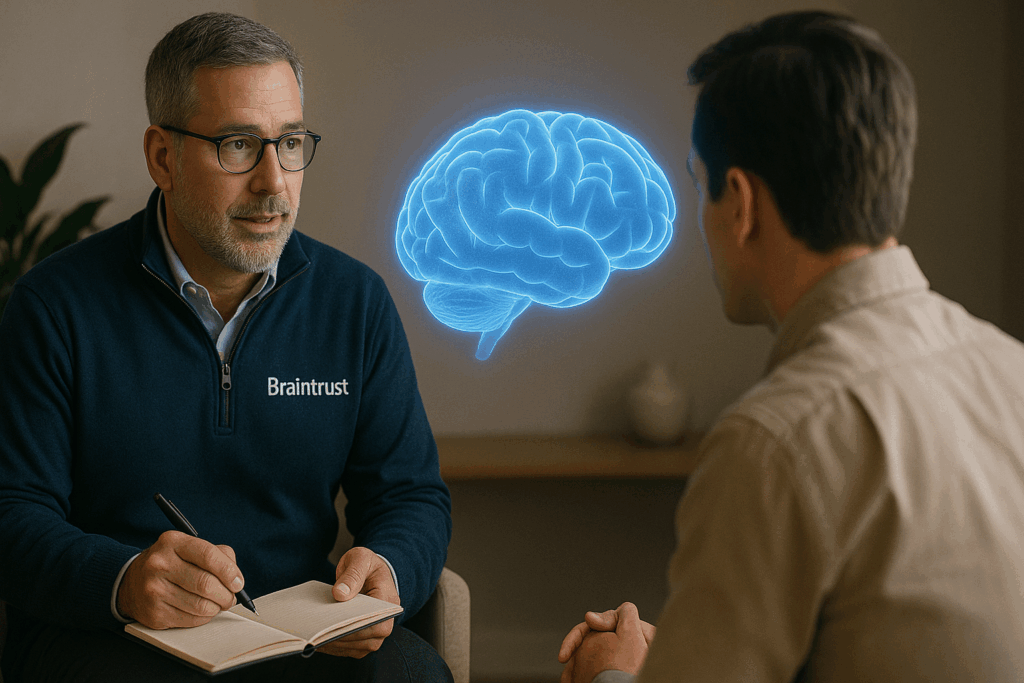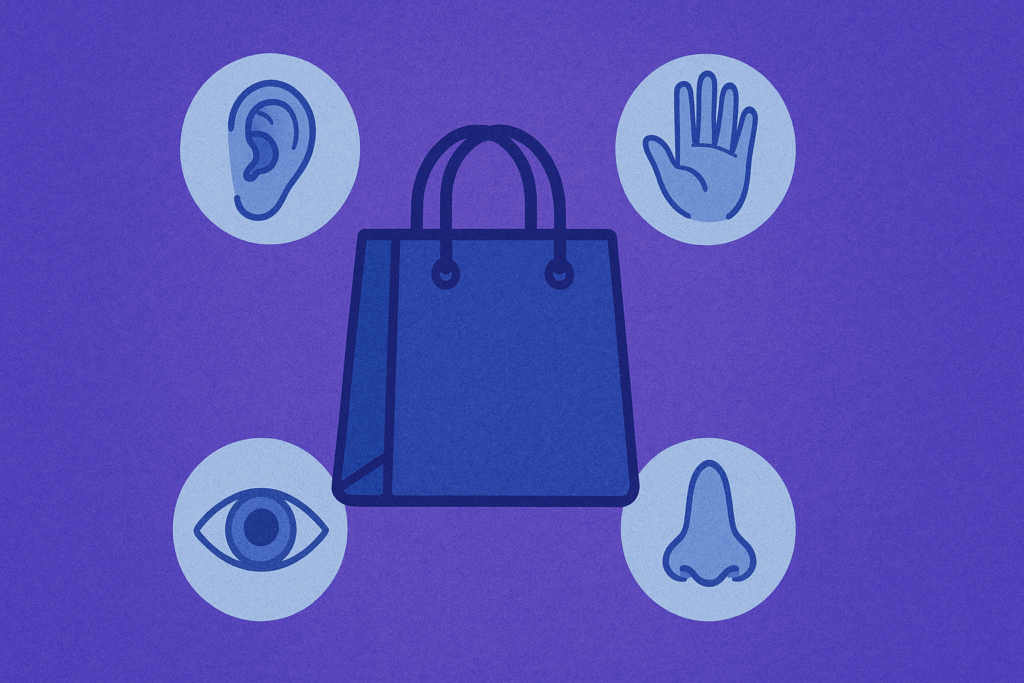Mastering the Customer Conversation
Hang on everybody. We are heading into the whirlwind of the holiday frenzy over the next 30 days. Sources report that the craziness actually begins in September! Let’s be honest, in the US, we really have two new non-official holidays in this country – “Black Friday” and “Cyber Monday.”
The holiday season is reported as the largest economic stimulus for many nations around the world as sales increase in almost all retail areas. According to Statista, retail sales generate in excess of three trillion U.S. dollars during the holidays. Process these amazing insights for a moment (staatista.com, 2019).
- US consumers expect to spend $794 on average for gifts this season
- In 2015, there were over 120M shoppers on Cyber Monday
- The average number of holiday gifts expected to be purchased by U.S. consumers is 14.9
- In 2017, U.S. Christmas tree sales alone were valued at over $2B
I want to introduce a concept called “anchoring.” You might be asking, what is anchoring? Anchoring is a form of cognitive bias that describes the common human tendency to rely too heavily on the first piece of information offered (the “anchor”) when making decisions. We then use that information to compare to our own past experience to determine some form of “value” that helps us make decisions.
This concept became overwhelmingly clear to me in a recent conversation I had with my wife. We were discussing a shopping experience she had at Nordstrom. As she walks into the kitchen, she says, “Dan, you are not going to believe the deal I got on these new shoes.” I then respond with, “Oh, please share the great news with me.” Yes, there is a little sarcasm built into my response. My wife then responds with, “These shoes were originally marked at over $100, but that price was crossed off, and I got them for less than $50!” It hits me like an anchor dragging you down to the bottom of the ocean. This conversation that we have had over the past 30 years is really just the anchoring effect in all its glory!
Think about it. My wife is justifying her buying decision by anchoring the value of the purchase on the original price. This type of phenomenon happens to all of us every day. In fact retailers on Black Friday and Cyber Monday are banking on it! So, here is what I want you to do. When you hit the malls or the computer over the next 30 plus days, and you are about to add something to your shopping cart or online basket, think about the anchor that is set, which has just influenced your buying decision. At that point, just smile!
As we think about the holidays, isn’t there this fantastic juxtaposition of anxiety and joy as we ponder what was in 2019 and what we plan for in 2020. In business, we are continually thinking about closing the year strong and getting off to a fast start in 2020. Personally, we are processing what has been over the past year with the excitement of what will come in the new year.
Throughout the past year, we have all made decisions based on anchor points. Guess what, so have your customers. Here is an essential question for you in the customer conversation, “do you know your customer’s anchor points and can you quantify them?” Why are these so important? As we all know, our customers have made many decisions long before we ever arrived. Do you realize that when you are asking them to change, you are actually telling them that what they were doing before is wrong? You are basically ignoring their anchors. This sets up a natural barrier to change and slows down the decision-making and buying process.
On my shopping list for you, I want you to think about three simple questions when it comes to anchor points.
- What are the influences or anchors that drove your customer’s prior buying decisions?
- How long has it been since your customer has made a change in their buying process?
- Can you quantify the anchors from your buyer’s perspective when it comes to the problems you are trying to solve with your product or service?
If you can answer these questions, then you will be on the road to having your customers put your product or solution into their shopping cart.
Source: Statist.com, April 5, 2019
Coaches Corner – Mastering the Coaching Conversation
Coaches, do you understand the anchor points that your team members carry with them on a day to day basis? As you head into your next employee conversation, I challenge you to think about the last conversation you had and/or the previous formal documentation you made post an employee conversation. At Braintrust, we often refer to these anchors that your employees carry as the “junk in the brain trunk” or the “crap in the backpack.” I fully appreciate that your employees don’t usually walk into your office with their backpack on (some of your millennials might) but metaphorically they are carrying it. The pack can keep getting heavier with a whole host of historical anchors that have been filed and stored away by your team member and long forgotten by you.
After you reflect on the last conversation, take the time to actually review your notes, and see how many items in the feedback you provided were actually focused on facilitating learning and growth for your employees. There is a powerful antidote when your coaching comes from a position of facilitated learning. It actually lightens the load in the backpack and changes anchor points for your team members.
Your challenge for today is to think about the anchors that you have helped to set for your employees, deliver coaching from a learning perspective, and watch the “junk in the brain trunk” actually change.





